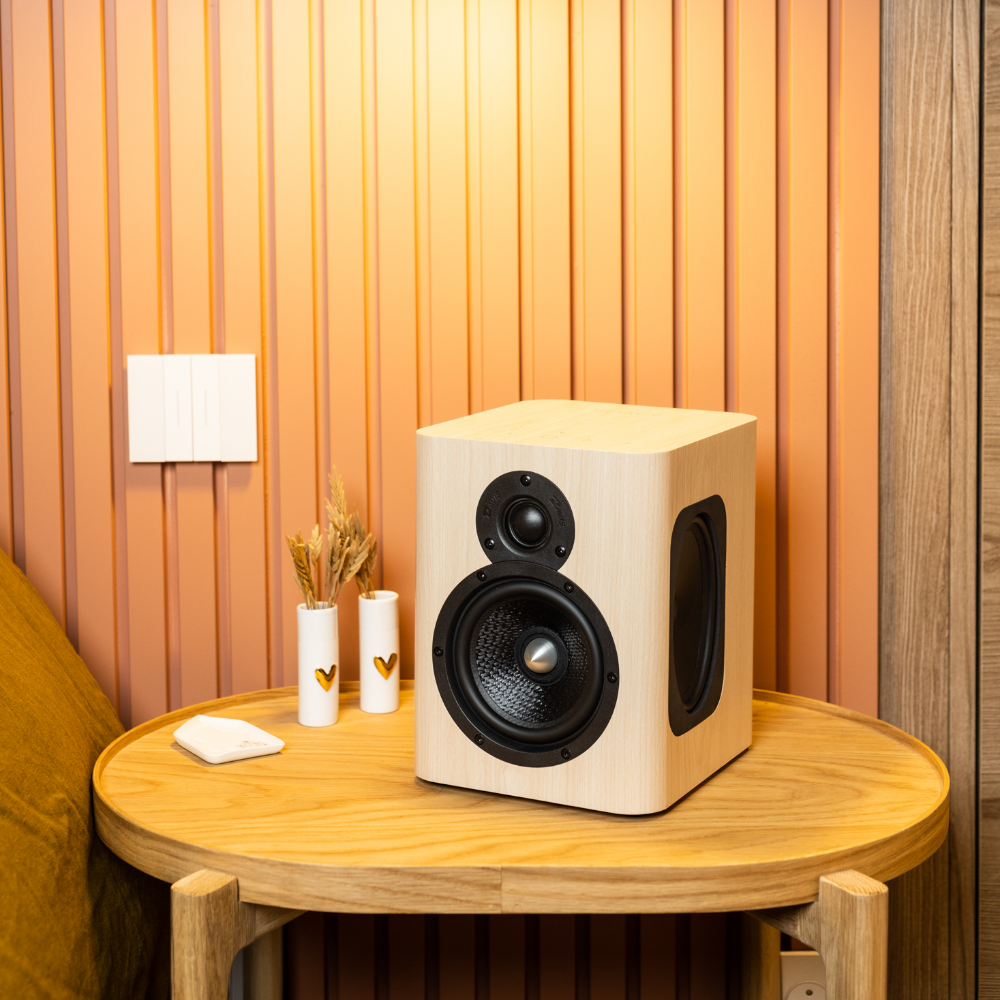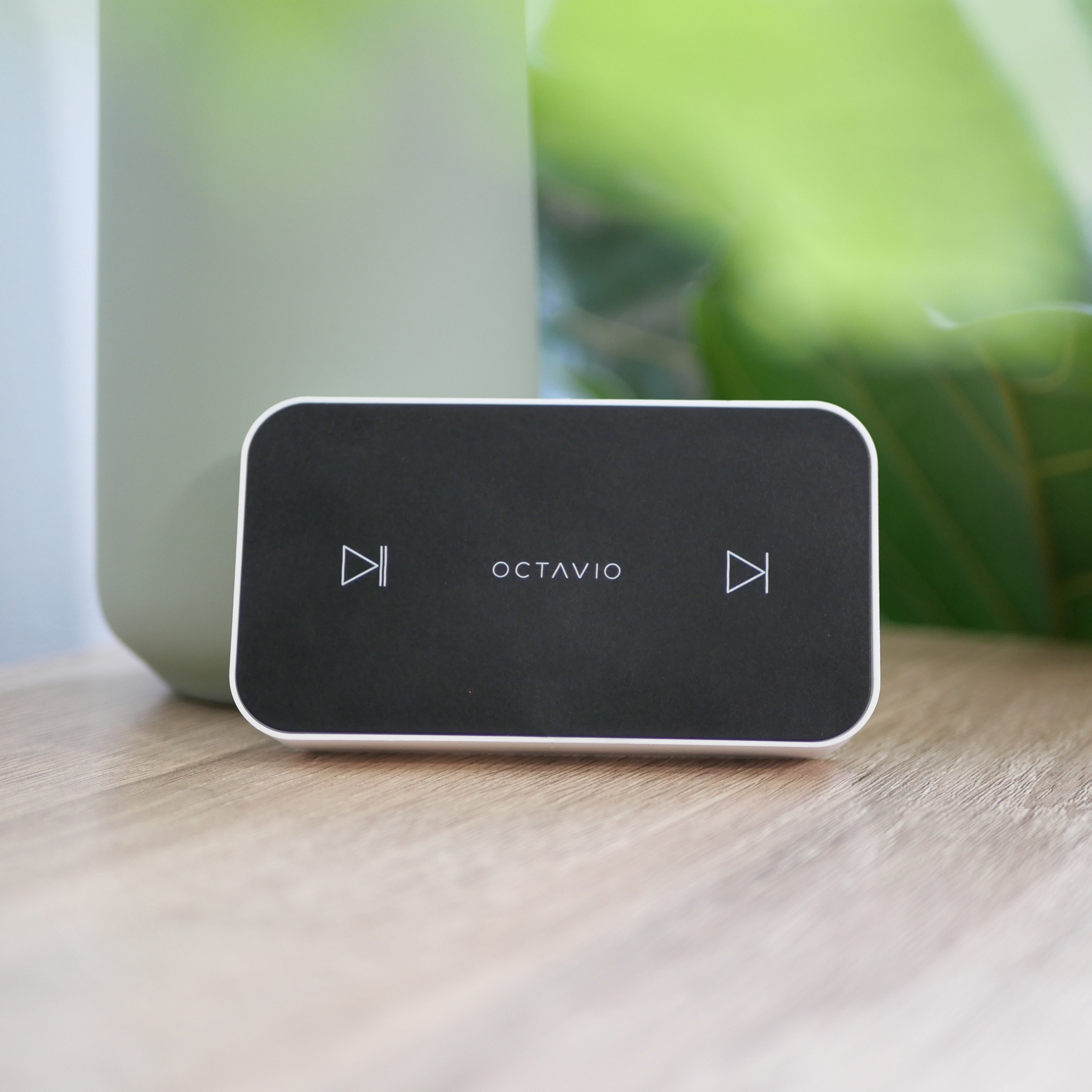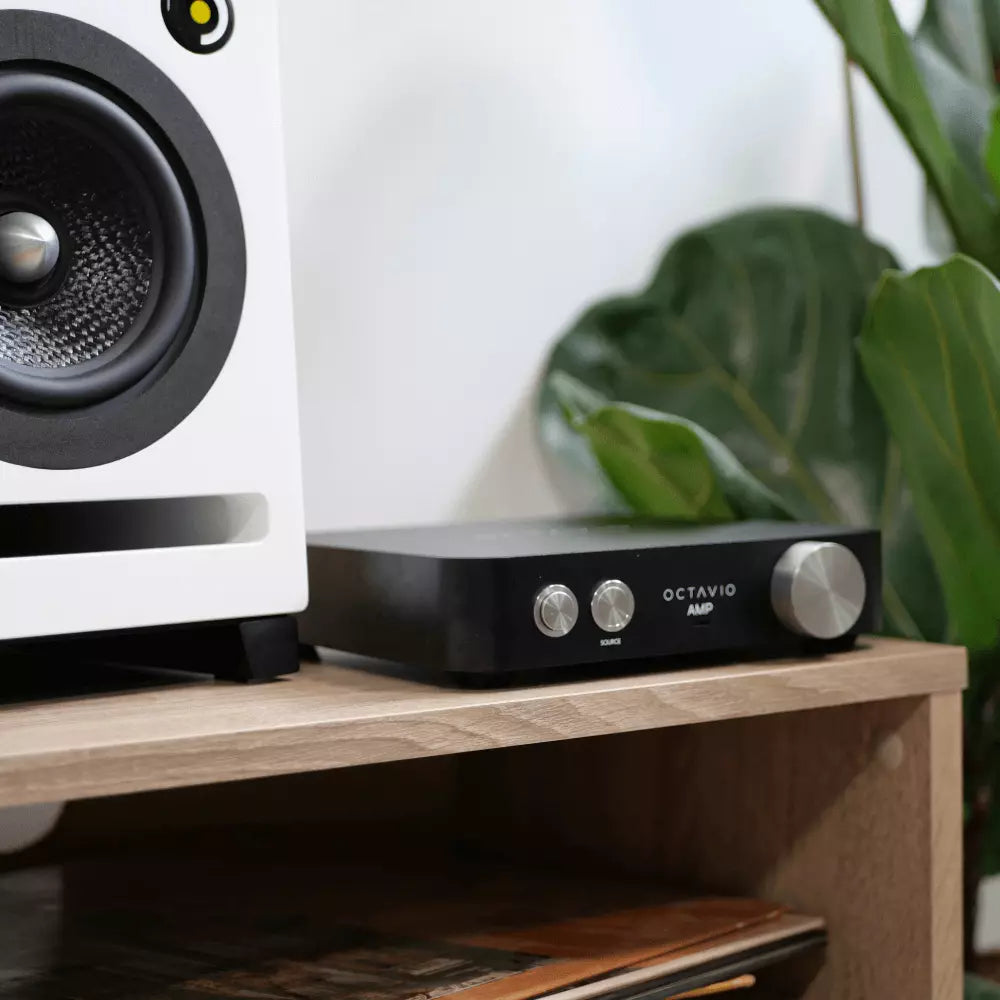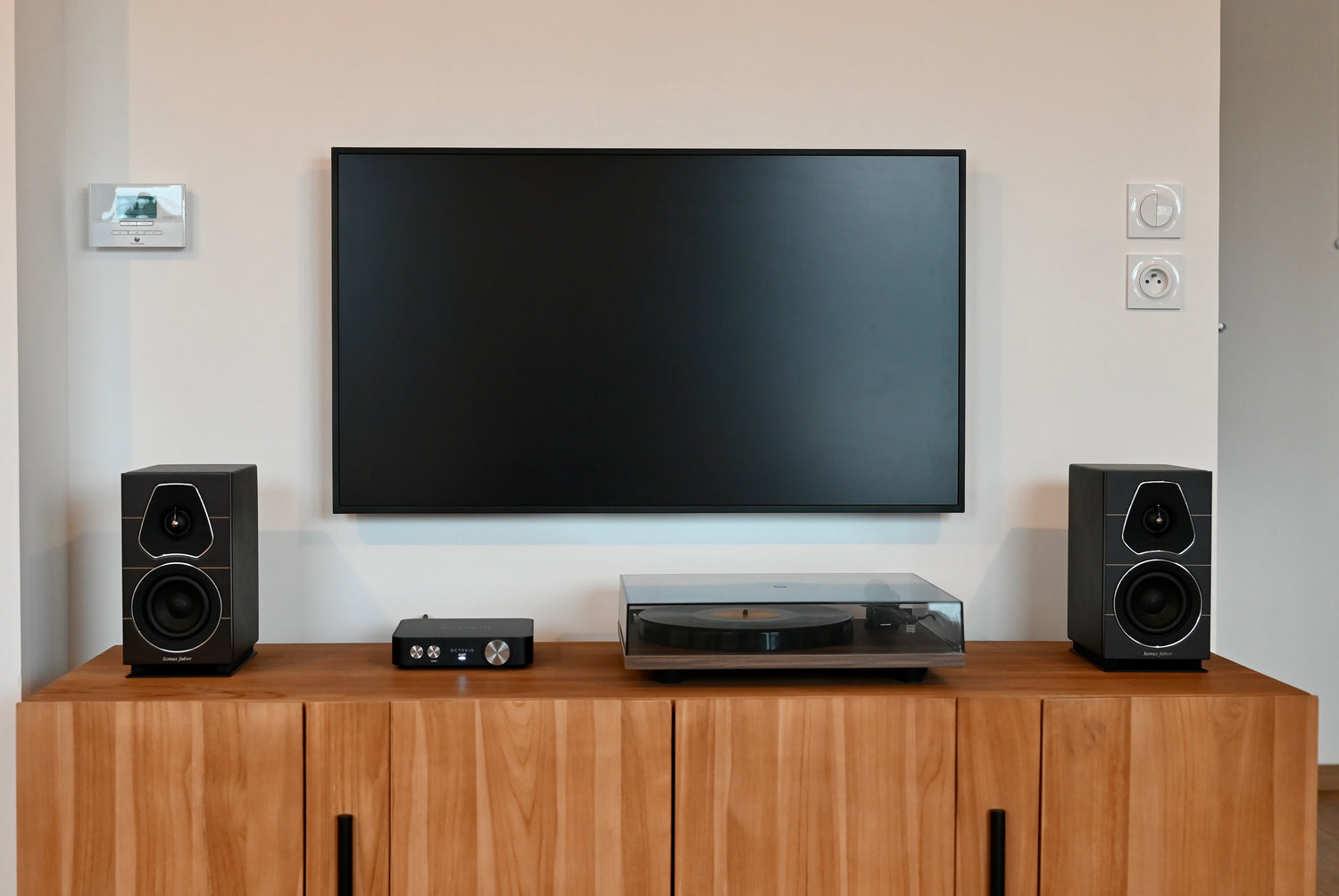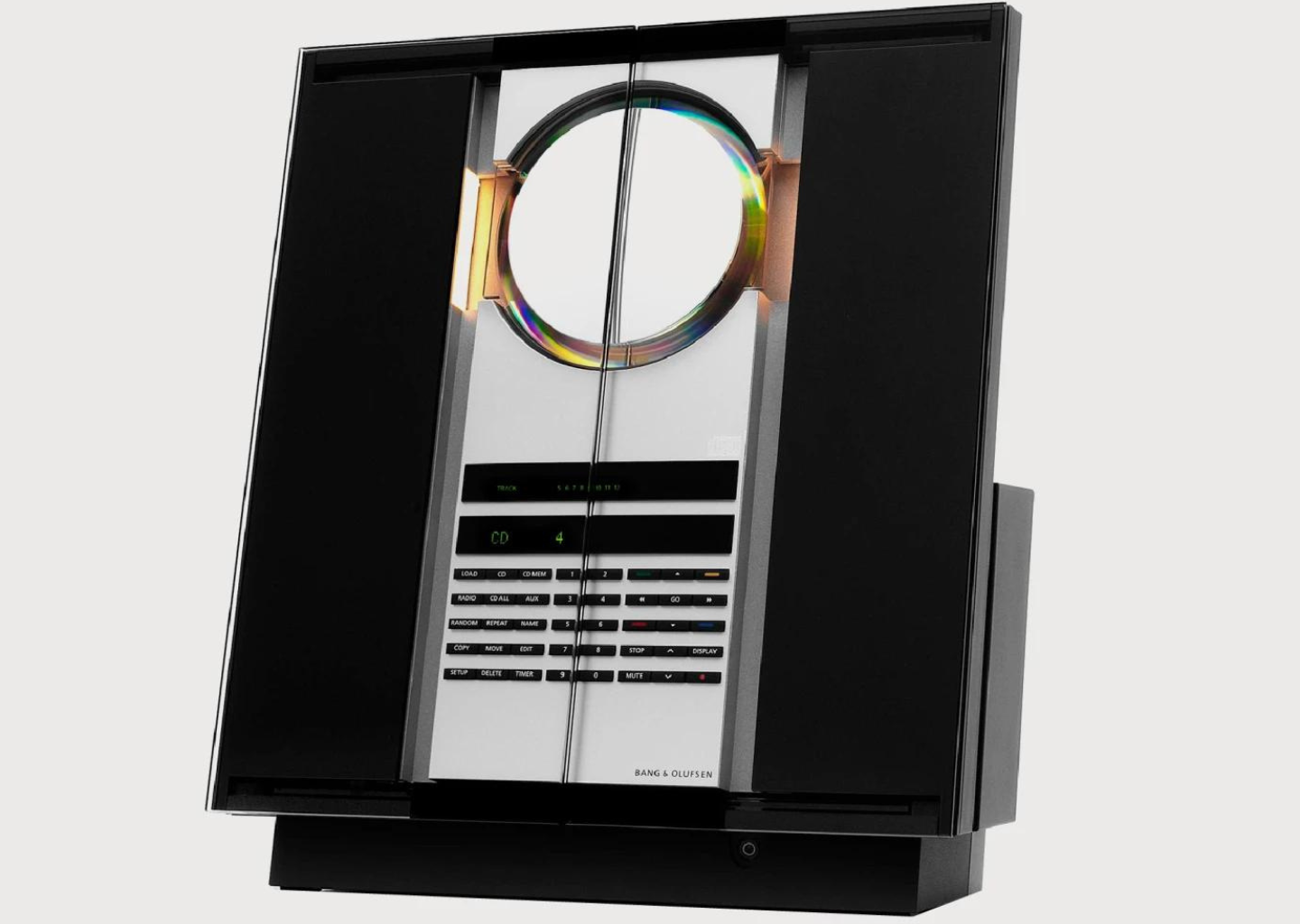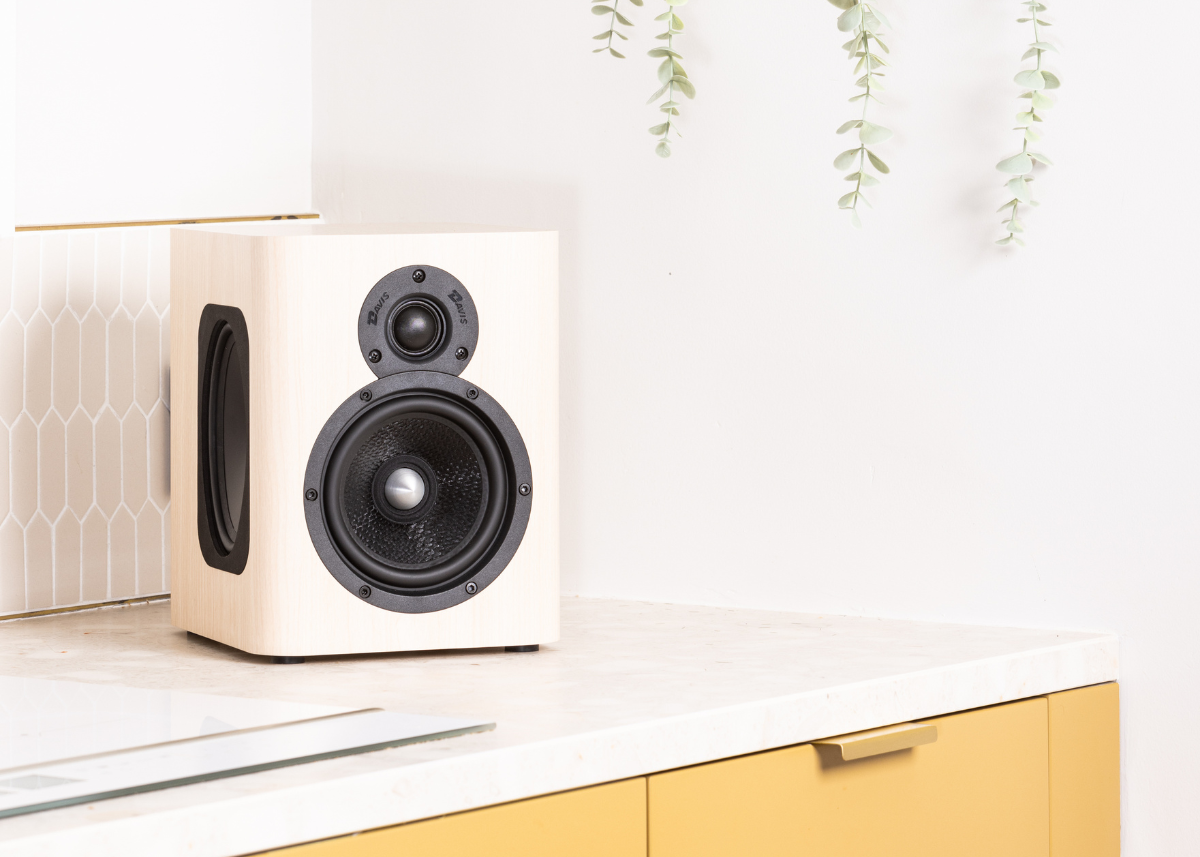The association of an amplifier with a pair of speakers is a crucial point of any Hi-Fi installation; poor coupling between the amplifier and the speakers can degrade the listening experience.
As an audio manufacturer, we have had the opportunity to test our products with numerous systems and we will endeavor to summarize our various tests for you by giving you a neutral but subjective opinion of the different speaker tests and combinations that we carried out.
We will each time test several speakers within the same range (a bookshelf model and a column model), always associated with our Octavio Amp amplifier with its most powerful power supply (2x100W). We will thus discuss the differences and distinctions that can be expressed between the bookcase and column models.
Of course, each person has a different apprehension and expectation of sound, we will always advise you to try the combination between the amplifier and your speakers in order to check that it corresponds to your ears.
The choice of Lumina
Today we are going to test two speaker models from the Lumina collection from the Italian brand Sonus Faber. We will compare the Lumina I in Library type and the Lumina III in column format. The collection includes 5 different models, including one dedicated to the central track in the case of an HC installation.
The three boxes from the Gravis range complete this set and offer the same finishing levels.
What surprises at first glance is the level of finishing, the products are assembled by hand in an artisanal manner in Italy and you can feel it. The design is minimalist and angular, equipped with noble and natural materials such as the brand's emblematic leather. The 3 versions offered bring a ''chic'' and ''deco'' touch and will easily integrate into all interior styles.
In terms of connections, the speakers have a double terminal block allowing bi-amplification. It is universal and can accommodate cables or connection plugs.
The Lumina I and III feature the same silk dome tweeter based on DAD technology which provides the sound signature specific to Sonus Faber models.
The Lumina I Midrange/Woofer and the Lumina III Midrange + Woofer Duo use a widely proven paper membrane.
Our test setup
For our tests, we used the Octavio Amp connected amplifier with its most powerful power supply allowing it to deliver 2x100W. The L-shaped room has a lounge area and an open kitchen for a total surface area of approximately 30m2. The bookshelf speakers are placed directly on the TV cabinet and the columns are relegated to each end.
In order to compare these models, we listened to several titles from our reference playlist, still using Qobuz by the Virtuose application. We find in particular on this playlist:
- You and your Friend, (On Every Street), Dire Straits
- Run the World (Girls), (Red & Black Light), Ibrahim Maalouf
- Black & White (orchestral version), (Métamorphoses), Bernard Laviliers
- Your queen (orchestral version), (Brol La Suite), Angèle
We also listened to other music (Daft Punk, Daniela Andrade, Manu Katché) in order to check the character of the speakers on a fairly eclectic range of music.
Listening
Dire Straits
Lumina 1 
The speakers are perpendicular to the furniture. What is immediately surprising when listening is the coherence of the soundstage, everything is in its place. The speakers are not very directive which allows for very easy placement. No matter where we sit on the sofa and even when standing, the soundstage remains perfectly in place. The guitar is faithful, the voice without being omnipresent is well articulated. The rhythms are clean and well reproduced. The instruments are played well on different planes of the soundstage.
Lumina 3

The Lumina 3 speakers are at each end of the furniture, always perpendicular. On this track, we immediately find the DNA in the range. The soundstage becomes grandiose. The bass is much tighter and faster. We find a lot of depth in the reproduction of this piece.
Ibrahim Maalouf
Lumina 1
The trumpet is relatively clear, the notes are well loose and fast. When the rhythm section appears, despite the microscopic size of the speaker, we are surprised by the speaker's ability to reproduce clear bass with a nice, unexpected roundness. Basically the voiceovers are well articulated. The whole remains pleasant and gives a muffled appearance on the brass instruments.
Lumina 3
On this track everything becomes grandiose and much brighter. More detailed mids. This recording demonstrates that the speaker is capable of reproducing soft sound without any problem.
Bernard Lavilliers
Lumina 1
In this orchestral version, we are quickly struck by the restitution of the soundstage. We recognize each instrument and we position them very easily in space on each plane. Lavilliers' voice is quite complete without ever taking over. The instruments are well measured and give a good balance to the whole
Lumina 3
Lavilliers' voice is more guttural without ever being omnipresent. Everything is more generous.
Angela
Lumina 1
On this Orchestral version as for Lavilliers everything is perfectly in balance. The right speaker seems in harmony with the left speaker, like an exchange. The voice is just sublime and perhaps even sublimated, the tone is natural and never aggressive, Angèle's singing notes are subtle and provide immediate emotion. Like the muffled side of Malouf's trumpet we feel a velvety voice like a grain which brings proximity to the artist.
Lumina 3
On this piece, we have the impression of having Angèle among us, she doesn't bawl next to us, she whispers her words in our ear. Thrills guaranteed.
4K movie in stereo
Lumina 1
The result is quite convincing. Without having thunderous bass, the whole thing is perfectly credible in relation to the image. The dialogues and the soundtrack are perfectly reproduced without ever weakening.
Lumina 3
Even more comfortable in this version, it is entirely possible to do without an additional box.
Octavio Amp and Lumina 1
With these 85db the Lumina I is not very sensitive, it is very similar to what we can find on English speakers generally gifted with voices. You therefore need a very dynamic amplifier to be able to let them express themselves. The Octavio Amp succeeded in this exercise brilliantly. Its strength is that even at low volume, the Lumina I manages to express itself delicately. Use in HC is entirely possible even if ultimately we recommend the addition of a Gravis 1 subwoofer on the dedicated port of the Octavio Amp.
Octavio Amp and Lumina 3
Everything is easier in this configuration, this is partly explained by better sensitivity than its little sister (89 instead of 85) and the presence of three channels instead of two and this is immediately felt. Octavio Amp is perfectly at ease and can therefore distill his power on the third voice. Frankly, no need for an additional subwoofer in this configuration.
What you must remember
- A soundstage that is always precise in all circumstances
- A very discreet and terribly effective configuration
- A very roomy and easy to place format
- Great versatility in uses and type of music
- The great versatility of the Octavio Amp
The costs
Sonus Faber
Lumina I €899 per pair
Lumina III €2199 per pair
Gravis I €850 per box
Octavio
Amp 60W €699
Amp 100W €749

